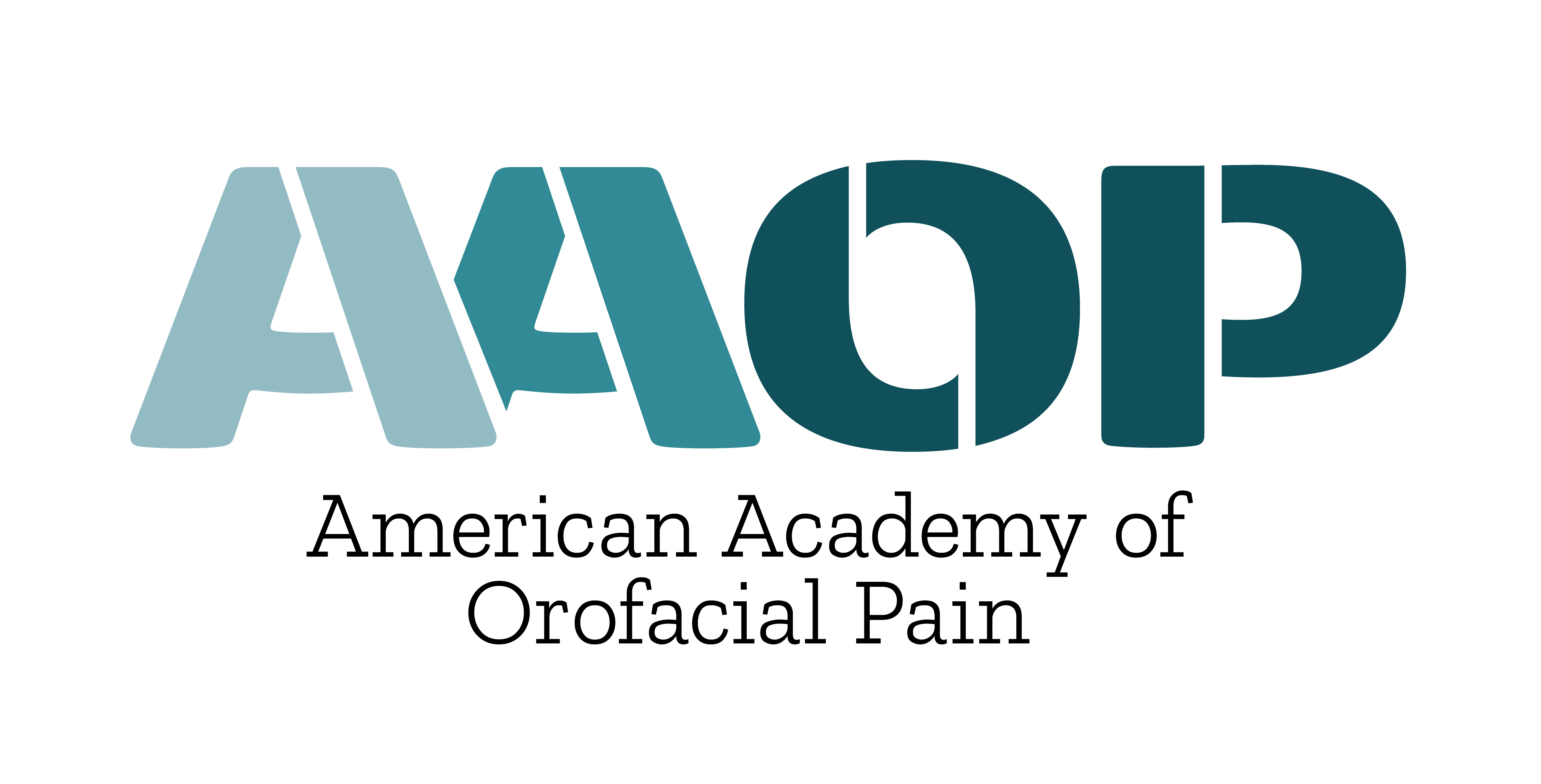In this talk we will discuss the links between dysfunction at the upper cervical spine and the autonomic system. The trigeminocervical complex (TCC) is the main nucleus that receives nociceptive information from the face and is formed by the upper cervical dorsal horns and the trigeminal nucleus caudalis, which allows nociceptive input to be transmitted from the TCC to higher centers. Mechanical dysfunction at the upper cervical spine impacts the neurovascular structures in this area potentially contributing to orofacial and upper cervical pain disorders. Conservative management strategies for upper cervical dysfunction, including manual therapy, may reduce mechanical forces on the upper cervical neurovascular structures, thereby interrupting or inhibiting input and reducing TCC sensitization by activating descending pain inhibitory systems. Manual therapy interventions to the upper-cervical spine also result in sympathoexcitatory responses and the implications of these findings will be discussed. Last, we will also discuss the impact of other aspects of the provision of manual therapy such as patient and provider expectations. This information is directly applicable to multiple treatment interventions.
AAOP1831 Upper Cervical Spine and Patient-Provider ExpectationsAAOP, Office2020-08-16T14:08:35+00:00



Leave A Comment